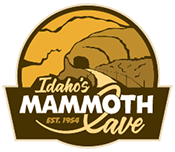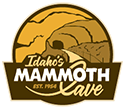Known as the “Niagara of the West,” Shoshone Falls is one of Idaho’s most awe-inspiring natural wonders. Towering at 212 feet—45 feet higher than Niagara Falls—this majestic waterfall is a must-see destination for anyone visiting the Gem State. Situated on the Snake River near Twin Falls, Shoshone Falls offers breathtaking views, rich history, and a host of recreational activities for visitors of all ages. Its stunning display of natural power and beauty makes it one of the most beautiful places in Idaho.
Shoshone Falls: The ‘Niagara of the West’
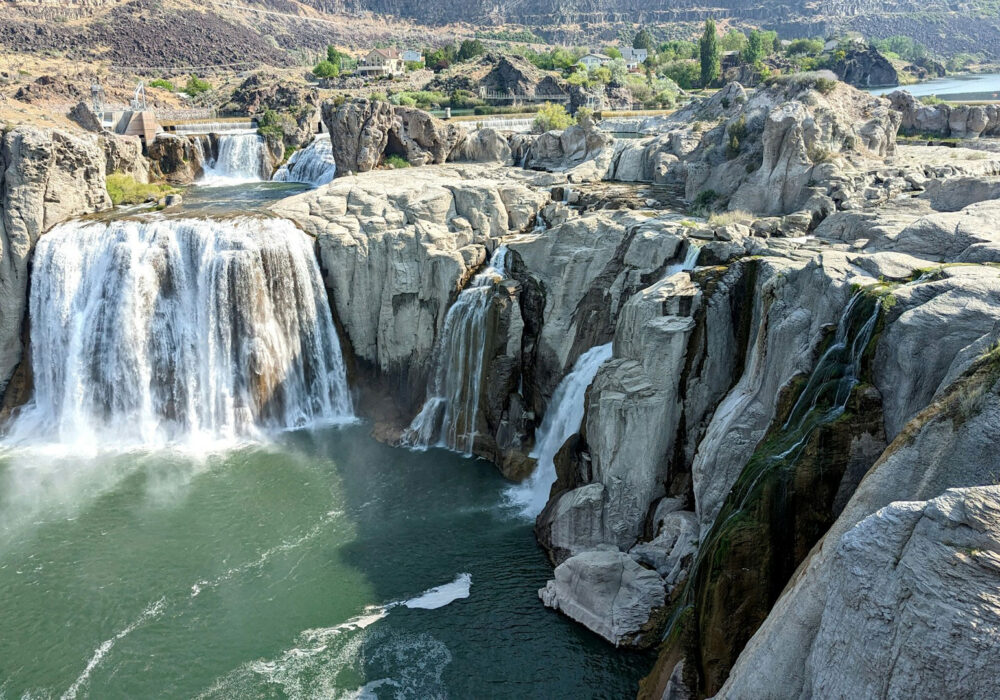
Shoshone Falls stands as one of the largest natural waterfalls in the United States, stretching 900 feet wide. The falls cascade over ancient basalt formations carved by the Snake River over thousands of years. The thunderous roar of the water and the mist rising into the air create a sensory experience that captivates all who visit.
What makes Shoshone Falls particularly remarkable is its seasonal variability. During the spring, when snowmelt flows into the Snake River, the falls reach their peak, often flowing at rates of up to 20,000 cubic feet per second (CFS). In contrast, summer and fall flows are reduced as water is diverted upstream for irrigation, offering a different but equally mesmerizing perspective of the falls.
Shoshone Falls History
The story of Shoshone Falls stretches back over 14,000 years, beginning with the Native American tribes who revered the area. The Lemhi Shoshone tribe, for whom the falls are named, considered the site sacred. It not only provided a source of sustenance through its abundant fish but also held deep spiritual significance. For centuries, the falls served as a gathering place for rituals and ceremonies.
In the 19th century, Shoshone Falls became a waypoint for explorers and pioneers traveling westward on the Oregon Trail. Its striking beauty and dramatic presence made it a landmark for weary travelers. By the early 20th century, the falls began to play a role in the region’s industrial development. Early hydroelectric projects sought to harness its power, paving the way for agricultural expansion and contributing to the local economy.
Today, Shoshone Falls is managed as a public park, thanks to the generous donation of land by Frederick and Martha Adams in 1932. Their gift ensured that this natural treasure would remain accessible to all, providing a space for recreation and inspiration.
Experiencing Shoshone Falls
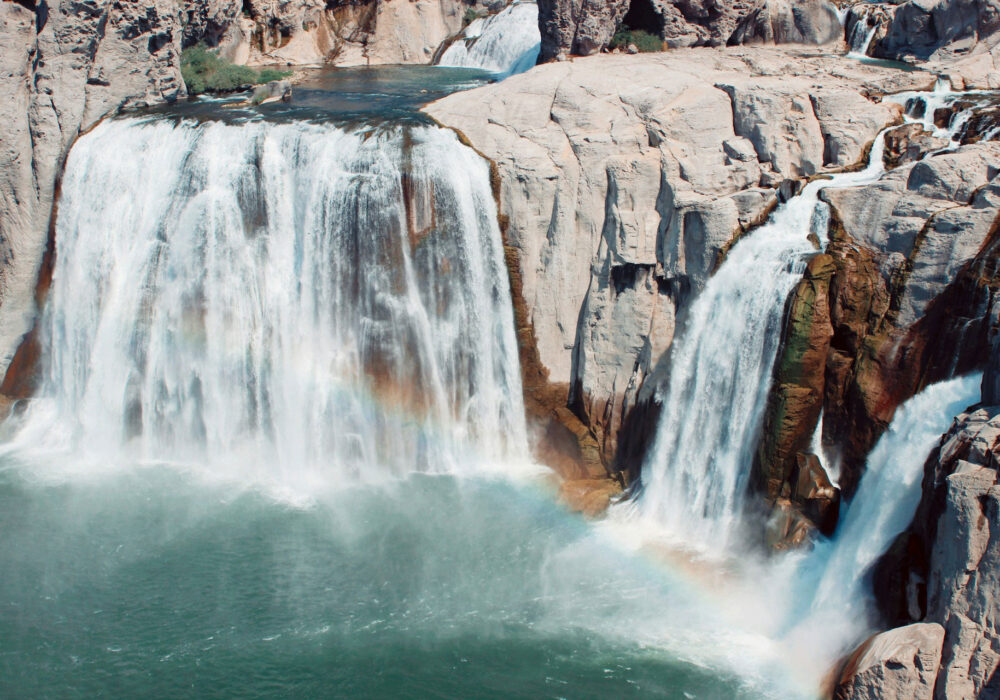
A visit to Shoshone Falls offers more than just a spectacular view. The surrounding park and facilities make it a family-friendly destination with activities and amenities that cater to diverse interests.
- Viewing Platforms: The main viewing platform is just 75 feet from the nearest parking spot, making it easily accessible for all visitors, including those with mobility challenges. The platform provides a panoramic view of the falls and the Snake River Canyon.
- Hiking Trails: For those who enjoy exploring on foot, the Canyon Rim Trail offers a scenic route with multiple vantage points of the falls and the surrounding landscape. The trail is well-maintained and suitable for hikers of all skill levels.
- Picnic Areas: Shoshone Falls Park features shaded picnic areas with tables and grills, perfect for enjoying a meal while soaking in the stunning views. The grassy spaces are ideal for families with children to relax and play.
- Recreational Facilities: The park includes a boat ramp, playgrounds, and swimming areas, providing a variety of options for recreation.
- Seasonal Rainbows: On sunny days, the mist from the falls often creates vibrant rainbows, adding an extra layer of magic to the experience.
Seasonal Highlights
Shoshone Falls offers a different experience in each season, making it a year-round destination:
- Spring: The best time to visit, as the falls are at their most powerful due to snowmelt. The dramatic water flow and lush greenery make for unforgettable scenery.
- Summer: While water flow decreases due to upstream irrigation, the warm weather is perfect for picnicking, hiking, and exploring the park’s facilities.
- Fall: A quieter time to visit, with cooler temperatures and golden foliage adding a unique charm to the landscape.
- Winter: The park remains open year-round, but road access may be limited during severe weather. The falls take on a serene, almost otherworldly beauty in the colder months.
Planning Your Visit

To make the most of your trip to Shoshone Falls, consider these practical tips:
- Directions: Set your GPS to 4155 Shoshone Falls Grade Road, Twin Falls, Idaho. The falls are just a short drive from the city center.
- Park Hours & Fees: The park is open from dawn to dusk, with a $5 vehicle entry fee from March through September. Season passes and coupon books are available for frequent visitors.
- Accessibility: The park is wheelchair accessible, with paved paths leading to the main viewing platform.
- Pets: Dogs are welcome but must be kept on a leash. Note that pets are not allowed in the grassy area of nearby Dierkes Lake.
- What to Bring: Pack sunscreen, water, comfortable walking shoes, and a camera to capture the stunning views.
Beyond the Falls

For those interested in local history, the Twin Falls area provides a glimpse into Idaho’s pioneering past. Visit the Herrett Center for Arts and Science or take a walk through the historic downtown district.
Shoshone Falls is just one of many natural attractions in the Twin Falls area. Nearby, visitors can explore other waterfalls such as Perrine Coulee Falls and Pillar Falls. The Snake River Canyon itself offers opportunities for kayaking, paddleboarding, and even BASE jumping from the iconic Perrine Bridge.
Why Shoshone Falls is a Beautiful Place to Visit in Idaho

Shoshone Falls is more than just a waterfall—it’s a testament to the natural and cultural heritage of Idaho. Its towering height, thunderous flow, and striking beauty make it one of the most beautiful places in Idaho. Whether you’re standing at the edge of the viewing platform, hiking along the Canyon Rim Trail, or enjoying a picnic with family and friends, Shoshone Falls offers a sense of wonder that is both humbling and inspiring.
As you take in the view of the falls, it’s easy to understand why it has captured the hearts of visitors for centuries. From its geological origins during the Ice Age to its role in Native American culture and early hydroelectric projects, Shoshone Falls embodies the enduring power and beauty of nature. For anyone seeking beautiful places to visit in Idaho, Shoshone Falls is an absolute must.
Quick Facts About Shoshone Falls
- Shoshone Falls is 212 feet high, making it 45 feet taller than Niagara Falls.
- The falls were formed during the last Ice Age, over 14,000 years ago.
- Shoshone Falls Park includes hiking trails, picnic areas, a boat ramp, and a playground.
- On sunny days, mist from the falls often creates stunning rainbows.
- The flow of the falls varies greatly, with spring offering the most dramatic display.
- Shoshone Falls has been used for hydroelectric power since the late 19th century.
- It served as a sacred site for Native American tribes, especially the Shoshone people.
- The admission fee is $5 per car, with season passes available for $25.
Idaho’s Mammoth Cave
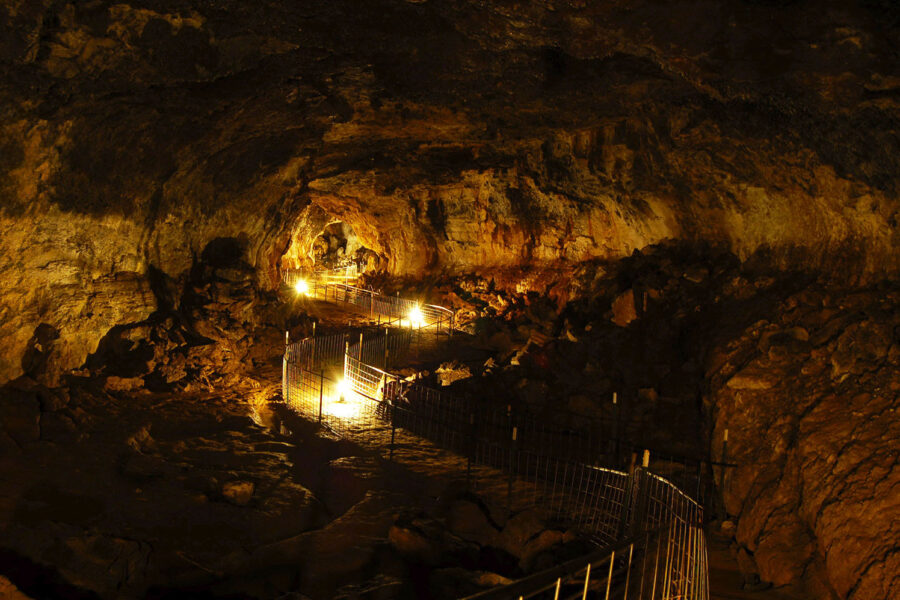
Planning a trip to Idaho? Don’t forget to put Idaho’s Mammoth Cave at the top of your list. As one of the most beautiful places to visit in Idaho, you can explore a unique and awe-inspiring underground landscape at your own personal pace with our self-guided tours. In addition to the cave, there are two privately owned museums of natural history on-site, the Shoshone Bird Museum and the Richard Arthur Olsen Museum featuring a wealth of exhibits that has earned them nickname “The Smithsonian of the Desert,” making it an unforgettable stop for the whole family.
Located eight miles north of Shoshone, Idaho, on Highway 75, Idaho’s Mammoth Cave will be open for seasonal tours from May – October, from 10 a.m. to 6 p.m. (with the last tours of the day going out at 5 p.m.), 7 days a week, including all major holidays. For more information, visit idahosmammothcave.com or call (208) 329-5382.
